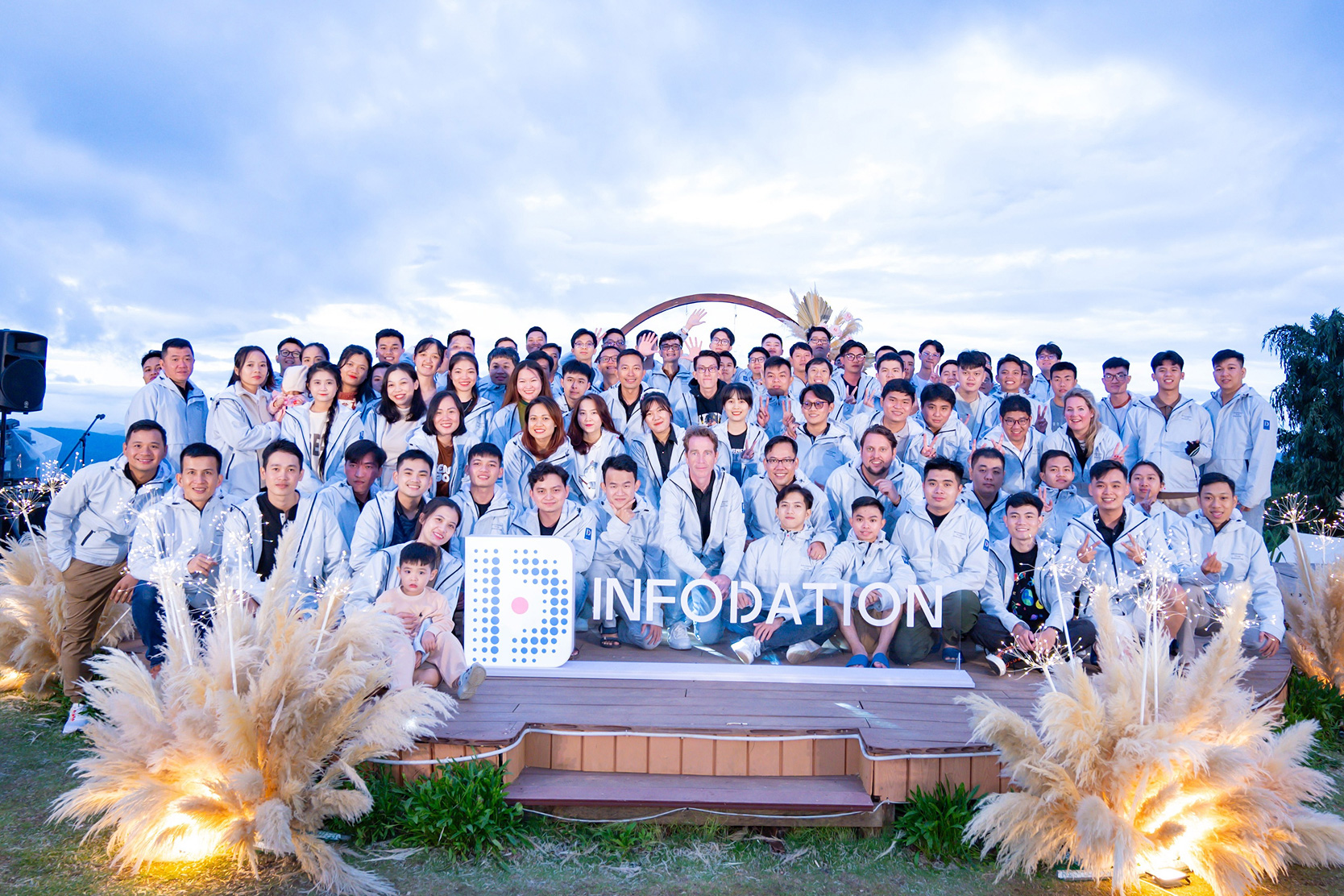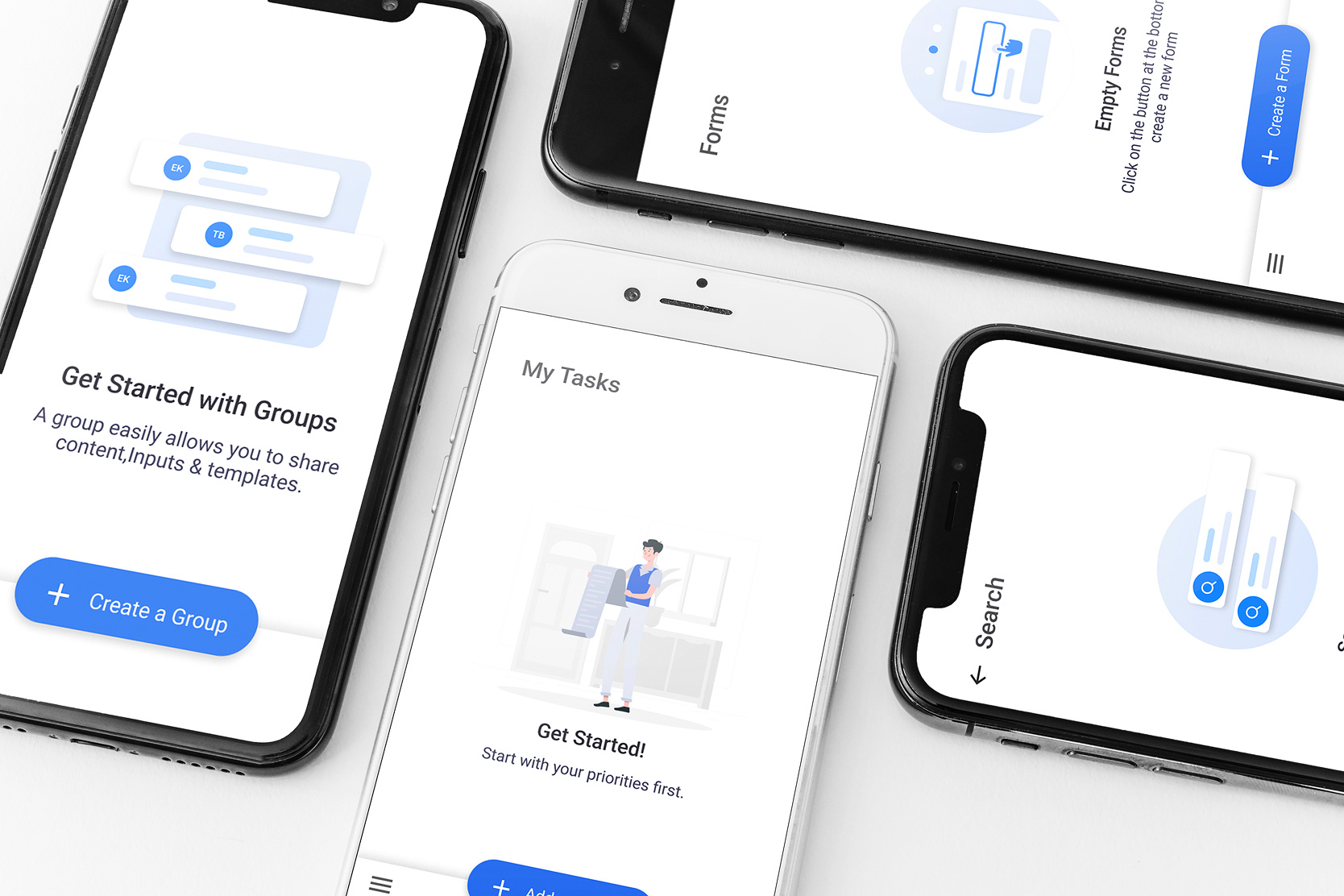
So we started asking different questions, not about velocity or Story Points, but about purpose, value, and trust. Little did we know that this shift would challenge everything we thought we knew about how our team works.
In short (TL;DR)
What first seemed like a stable, high-performing Agile team turned out to be stuck in routine. When “smooth” became too comfortable, the focus shifted from Story Points and speed to purpose, value, and trust. By redefining Sprint Goals as real, user-centered outcomes, involving everyone in the backlog, and building mutual trust between the team and the Product Owner, the work regained its meaning. Progress didn’t come from working harder, but from reconnecting with why the work truly matters.
When “smooth” became too comfortable
I don't know exactly when it started, but our Sprints had become strangely familiar: same amount of work, same number of Story Points, minimal fluctuations, very safe. On the surface, everything seemed to run smoothly. Yet beneath that calm, I sensed a quiet stillness, as if the team was stuck in a pre-programmed loop, while Agile is meant for adapting, exploring, and improving, not just maintaining a steady routine.
“Sometimes stability isn’t a sign of maturity; it’s a sign of stagnation.”
I started opening up more with the team about the Sprint Goal - not as just another item in the Sprint Planning template, but as a true destination. Something that, if achieved, would deliver real value to the end user. I told the team: customers don’t care how many Story Points we complete. In fact, they don’t even know what a Story Point is. What they see - and what they judge us by - is what they can actually use. That’s why the Sprint Goal isn’t a number, but the team’s collective commitment to the user.
I tried to steer the conversation away from the Jira board, away from how many Points each person had picked up, and back to the core questions: “Why are we doing this Sprint? What truly matters?” Once the whole team started thinking along those lines, the tickets were no longer just isolated units of work - they became intentional pieces, each contributing to the bigger picture.
Redefining what a Sprint Goal really means
Developers aren’t just executors - they also have a voice in shaping the Product Backlog. Not to “decide on behalf of” anyone, but to help define what should be prioritized next. Anyone can make suggestions - a Spike to explore, a bug worth fixing early, or a technical improvement with long-term value. If the proposal makes sense, the Product Owner is open to adjusting priorities - and those tickets can absolutely make it into the next Sprint, or even the current one if it’s truly necessary and feasible, without compromising the original Sprint commitment.
It was that flexibility that made people feel their voices were truly heard and valued - not just for reference, but genuinely acknowledged. And once trust was there, everyone became more proactive. When empowerment was given in the right way, commitment no longer needed reminders - because each person could see they were contributing to something meaningful.
I still remember a Sprint when the team was late on delivering a pretty important feature. Normally, that would have brought a lot of pressure - since it was directly tied to commitments with the customer. But what stuck with me was how the Product Owner handled it. He didn’t question or push us. He simply asked, gently: “Do we need an extra one or two Sprints to get this feature done properly?” And if the team agreed, he would be the one to go back and align with the stakeholders. Not to make excuses, but to protect a healthy space for the team to work.
“To me, that’s the true foundation of a mature team - not chasing deadlines, but knowing what’s worth protecting."
Giving everyone a voice, and trusting it
Gradually, with just a few small tweaks, our Daily Scrum began to change as well. Instead of going around the room asking what each person did yesterday, we started looking together at the Sprint Goal and asking: “Where are we now? Do we need any support?” From there, our Retrospectives also became more genuine - not because of a new format or fancy tools, but because of the trust that had been quietly growing over time.
After a few Sprints, we were surprised to see our velocity steadily rising - not because we were pushing harder, but because everyone had started working with a clearer sense of purpose. The bug rate dropped noticeably, and complex items that used to slip out of the plan were now being completed thoroughly. Most importantly, the team’s atmosphere felt completely different: lighter, more genuine. It was no longer about “racing against deadlines”, but about building something together that we could truly be proud of.
From routine to real growth
Sometimes we’re surprised by positive outcomes, other times we’re puzzled when things don’t go as expected. But at the very least, we’re no longer stuck in the comfort zone. We’re no longer just doing enough to get by - we’re working toward something bigger, a goal the whole team truly believes is worth striving for.
Each Sprint, no matter how small, is a step forward. Sometimes it’s a tweak in how we communicate. Sometimes it’s finding a better way to support each other. And sometimes, it’s simply the feeling that “today our team is doing a little better than yesterday”.
I believe those changes didn’t come from a big push, but from small, timely shifts - sometimes just a gentle nudge, a well-timed question, or the patience that was needed. Things are still far from perfect, and there will surely be more trial and error ahead. But at the very least, we’re moving in the right direction.
“And most importantly, we’re moving forward - together."









